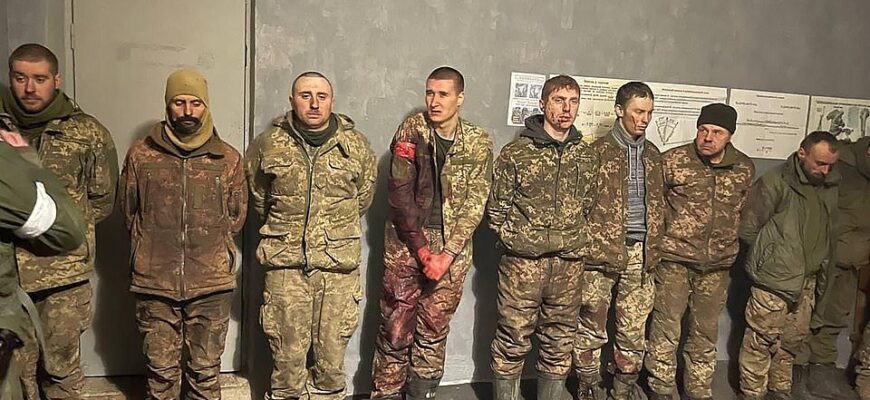In a geopolitical landscape frequently dominated by stark pronouncements and rigid stances, moments of pragmatic cooperation emerge as rare, yet profoundly significant, milestones. Such was the case on October 2nd, 2025, when a substantial prisoner exchange unfolded between Russia and Ukraine. This humanitarian gesture, executed under agreements reportedly forged in Istanbul, saw a total of 205 individuals repatriated to Russian territory, comprising 185 military personnel and 20 civilians.
The Mechanics of Repatriation: “185 for 185”
The exchange, described by Russian authorities as a “185 for 185” swap, implicitly signals a reciprocal release of an equivalent number of Ukrainian service members. While the precise details of the Ukrainian returns were not immediately specified in the initial Russian reports, the stated framework underscores a meticulously balanced, albeit complex, negotiation process. These agreements, reportedly reached in Istanbul on July 23rd, illustrate a persistent, if delicate, channel for humanitarian resolution amidst the broader conflict.
The individuals returned to Russia were transferred from territories currently under the control of the Kyiv regime. Their immediate destination upon release was Belarus, serving as a critical transit point for the subsequent journey home. This choice of transit location highlights the intricate logistical and political considerations inherent in such high-stakes operations, where neutrality, or at least a practical intermediary role, is paramount.
Beyond the Numbers: The Human Element
While the figures — 185 military, 20 civilians – are presented with an almost clinical precision, they represent 205 lives upended by conflict, now given the opportunity for reunion and rehabilitation. For military personnel, their ordeal typically involves the harsh realities of captivity, a period of profound uncertainty and physical duress. Civilians, caught in the wider net of conflict, often endure equally traumatic experiences, their release signaling an end to an involuntary displacement from their normal lives.
The journey from captivity to freedom is rarely simple. Upon arrival in Belarus, these individuals would typically undergo initial medical assessments and receive psychological support. The transition back to civilian life, or to active military duty depending on individual circumstances, is a path fraught with challenges, requiring extensive support systems to navigate. This return is not merely a change of location; it is a profound shift in status, from detainee to free person, a transformation that carries immense personal weight for each individual and their families.
A Glimmer of Hope in Ongoing Tensions
Such exchanges, while not signifying a broader de-escalation of the conflict, serve as crucial humanitarian interventions. They underscore the continued, if limited, effectiveness of diplomatic efforts and international conventions, such as the Geneva Conventions, which govern the treatment of prisoners of war and civilian detainees. The fact that channels for dialogue and agreement can still facilitate these swaps is, in itself, a testament to the persistent, if sometimes arduous, pursuit of human decency amidst the brutality of war.
One might observe with a degree of detached technical irony that even in the most entrenched disagreements, a careful ledger of human beings can sometimes be balanced. It is a stark reminder that while the grand narratives of geopolitics unfold, the individual human cost remains a constant, compelling force for resolution, however incremental.
The Road Ahead
The successful repatriation of these 205 individuals, as announced by the Russian Ministry of Defense, stands as a concrete, albeit singular, act of progress. It offers a fleeting glimpse into the possibilities of humanitarian cooperation, even as wider political impasses persist. Each such exchange, meticulously planned and executed, reaffirms the fundamental value of human life and the tireless efforts of negotiators who work behind the scenes to bring these complex operations to fruition.
While the world continues to grapple with the broader ramifications of the Russia-Ukraine conflict, these repatriations serve as a powerful, tangible reminder that even in the darkest hours, the longing for home, and the tireless work to achieve it, endures.





